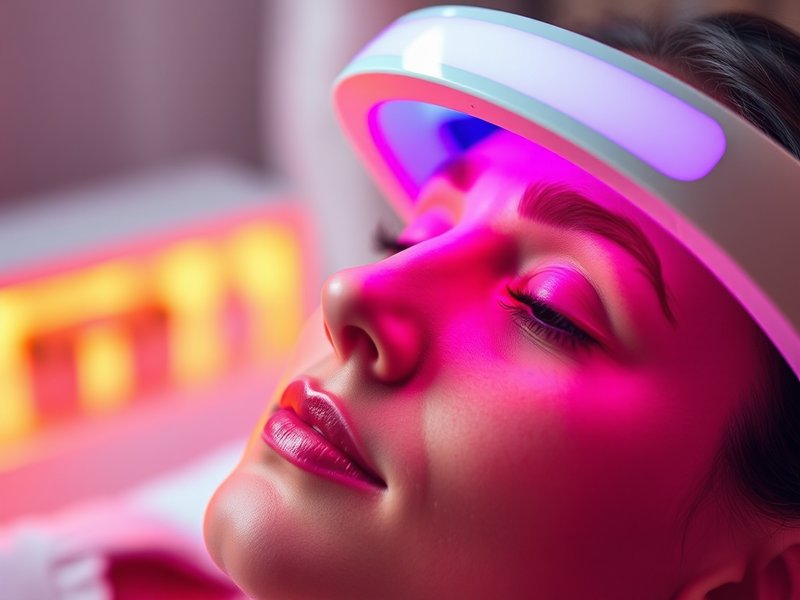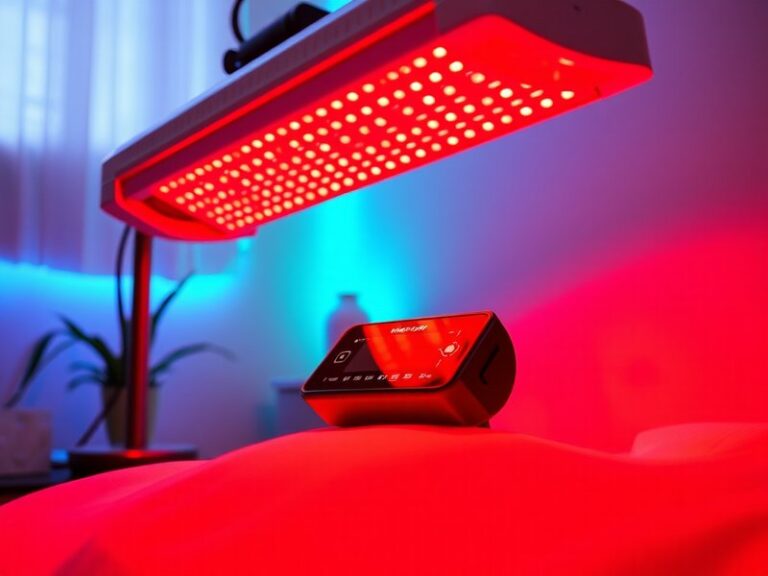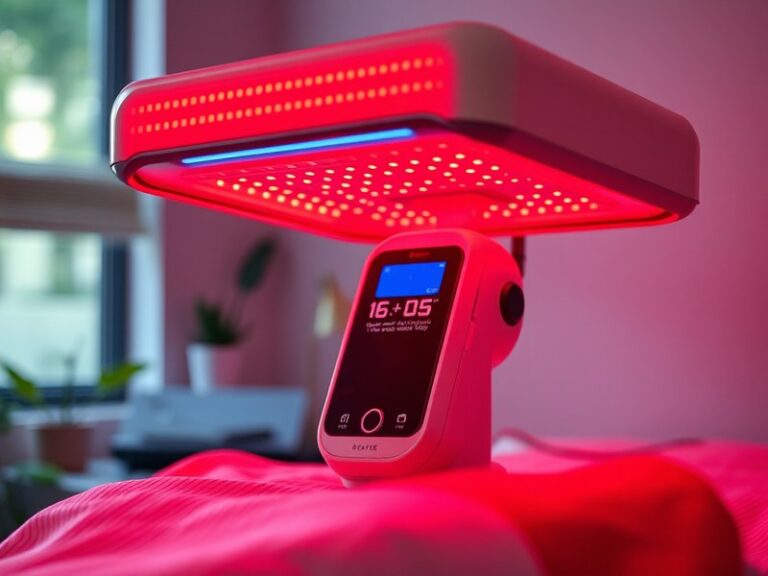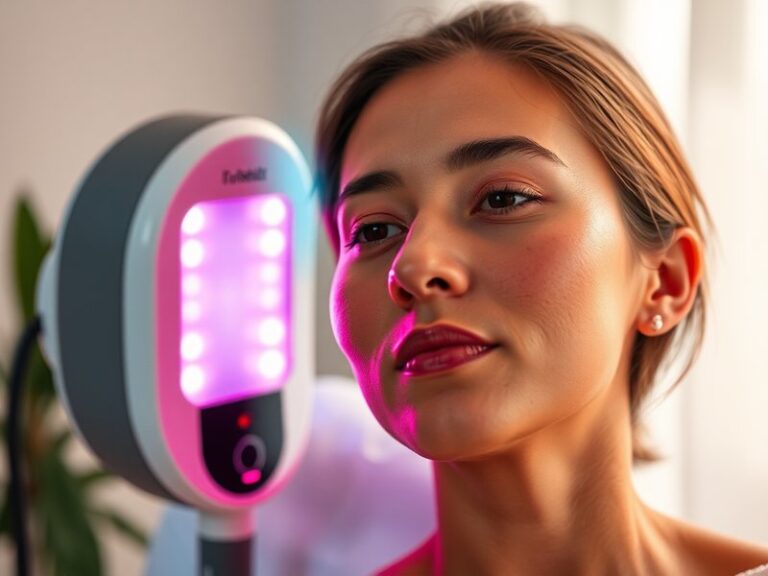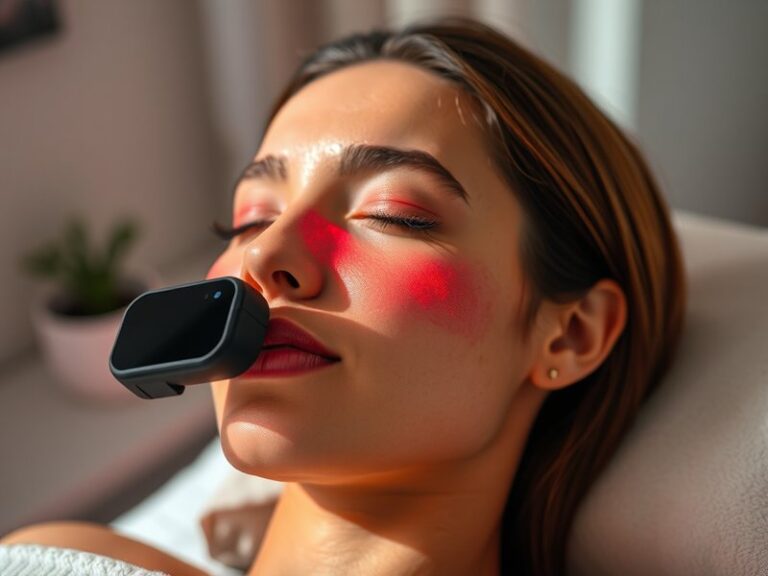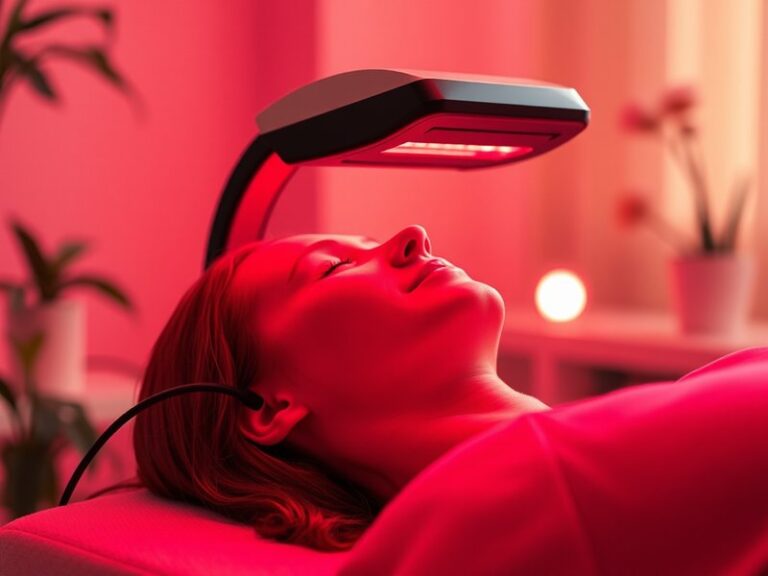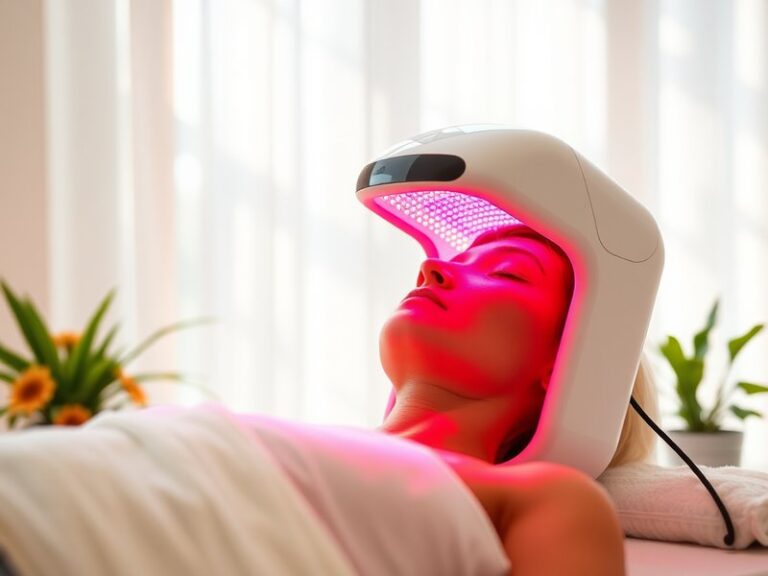Can Red Light Therapy Grow Eyebrows?
Can Red Light Therapy Grow Eyebrows?
Do you dream of fuller, thicker eyebrows but find your efforts falling short?
In this article, we will explore the potential of red light therapy as a tool for eyebrow growth. We will delve into what red light therapy is, its benefits for hair growth, how it can specifically affect eyebrow density, and the alternatives available for those pursuing eyebrow enhancement.
Key Takeaways
- Red light therapy shows promise in stimulating hair follicles, potentially aiding eyebrow growth.
- The therapy is non-invasive and generally regarded as safe, making it an appealing option for many.
- Alternatives like serums and microblading may be effective but come with their own considerations.
What is Red Light Therapy?
Red light therapy (RLT) is a non-invasive treatment that uses specific wavelengths of light to stimulate cellular processes in the body. The light penetrates the skin to promote various biological effects, including improved circulation, reduced inflammation, and enhanced tissue repair.
RLT operates by using low-level wavelengths, typically in the range of 600 to 650 nanometers for red light and 800 to 850 nanometers for near-infrared light. This therapy is commonly used in dermatology for skin rejuvenation, wound healing, and hair regrowth.
The mechanism of action in hair growth involves the stimulation of cells in hair follicles, which can lead to an increase in hair density and encourage the growth phase of the hair cycle.
What are the Benefits of Red Light Therapy?
Red light therapy offers a variety of benefits, especially regarding hair growth.
See the full explanation Red Light Therapy Benefits
Stimulates Hair Follicles
RLT can activate dormant hair follicles, promoting hair regrowth. Studies have shown that this therapy can significantly increase hair count and thickness when applied to the scalp, and this mechanism could potentially extend to the eyebrows as well.
Non-Invasive and Convenient
Unlike surgical methods, red light therapy is non-invasive and can often be performed at home using handheld devices or at professional clinics. This convenience allows individuals to incorporate treatments into their daily routines with relative ease.
Safe and Side-Effect Free
RLT is generally considered safe, with minimal side effects. Users may experience mild redness or warmth in the treatment area, but these symptoms typically subside shortly after treatment, making it a low-risk option for eyebrow enhancement.
Improves Skin Health
In addition to promoting hair growth, RLT can improve overall skin health. This can be particularly beneficial for the eyebrow area, as healthier skin may support better hair growth conditions.
Is it Possible to Grow Eyebrows with Red Light Therapy?
While the research on RLT specifically targeting eyebrows is limited, the principles that support its use for scalp hair growth suggest it could be beneficial for eyebrows as well. The question remains: can it effectively lead to fuller eyebrows?
What are the Advantages of Using Red Light Therapy for Eyebrow Growth?
Using RLT for eyebrow growth comes with several advantages worth considering.
Encourages Natural Growth
Unlike chemical treatments or invasive procedures, RLT harnesses the body’s natural healing processes to promote hair growth, which can result in a more natural-looking enhancement.
Affordable Treatment Options
Various devices are available for purchase, ranging from affordable handheld units to professional-grade equipment. This range allows consumers to choose a method that fits their budget and preferences.
Minimal Disruption to Routine
RLT sessions are typically short (around 10-20 minutes) and can easily fit into a person’s day without significant inconvenience.
Promotes Overall Skin Health
As previously mentioned, RLT can improve the skin surrounding the eyebrows, potentially creating a healthier environment for hair growth.
What are the Disadvantages of Using Red Light Therapy for Eyebrow Growth?
While RLT is generally safe, there are some disadvantages to consider.
Limited Scientific Research
The specific effects of RLT on eyebrow growth are not as thoroughly researched as they are for scalp hair, leading to a degree of uncertainty regarding its efficacy.
Time Commitment Required
Consistency is key with RLT, often requiring multiple sessions per week over an extended period to see significant results. This commitment can be a downside for those seeking quick fixes.
Potential Costs Can Add Up
Depending on the device or treatment plan chosen, the costs can accumulate over time, especially for at-home devices that may require replacement after a certain number of uses.
What are the Things to Consider Before Trying Red Light Therapy?
If you’re considering RLT for eyebrow growth, here are key factors you should take into account.
Consultation with a Professional
Before starting any new treatment, consulting with a dermatologist or a licensed professional can provide clarity. They can help assess your specific needs and determine whether RLT is appropriate for you.
Device Quality and Specificity
Not all red light devices are created equal. It’s important to choose a device specifically designed for hair growth. Research the options available and read user reviews to find one that meets safety standards and has shown results.
Consistency of Treatment
To achieve desired results, consistent use is crucial. Establishing a treatment routine and being committed can significantly influence the effectiveness of RLT.
Other Underlying Factors
Consider other factors affecting eyebrow growth, such as genetics, health conditions, and overall skincare routines. Addressing underlying issues may complement the positive effects of RLT.
What are the Alternatives to Red Light Therapy for Eyebrow Growth?
If red light therapy doesn’t seem like the right fit for you, there are alternatives to consider.
Eyebrow Serums
Many eyebrow growth serums are available over-the-counter that claim to enhance fullness and growth through active ingredients. These serums can be effective and are an easy option to incorporate into your daily beauty regimen.
Microblading
Microblading is a semi-permanent tattooing technique that creates the illusion of fuller brows. While it doesn’t stimulate growth, it can give the appearance of more defined eyebrows and provide a solution for thinning brows.
Hair Transplantation
For more significant issues with eyebrow density, some individuals opt for hair transplantation. This involves moving hair follicles to the eyebrow area from other parts of the body but is a more invasive and costly procedure.
Conclusion: Is it Recommended to Try Red Light Therapy for Eyebrow Growth?
In conclusion, red light therapy may offer a promising avenue for eyebrow growth, leveraging its ability to stimulate hair follicles and improve skin health. However, due to limited specific research on eyebrow regrowth, individuals should weigh the benefits and disadvantages carefully. Consulting with a professional and considering alternative methods can help determine the best approach suited to one’s individual needs and goals.
Frequently Asked Questions
Can red light therapy be used safely at home?
Yes, many at-home devices are safe, but it’s essential to follow the manufacturer’s instructions and choose reputable products.
How long does it take to see results with red light therapy?
Results can vary depending on individual factors, but consistency is key; typically, it may take several weeks to a few months to notice significant changes.
Are there any side effects to red light therapy?
Common side effects may include slight redness or irritation in the treatment area, but serious side effects are rare.
Can I combine red light therapy with other eyebrow growth methods?
Yes, combining RLT with other methods like serums or microblading can potentially yield better results, but it’s wise to consult a professional beforehand.
Read the extensive guide Red light therapy bulbs
Is red light therapy suitable for everyone?
Individuals with certain skin conditions or who are on specific medications may need to avoid RLT. Consult a healthcare provider to evaluate your suitability.
